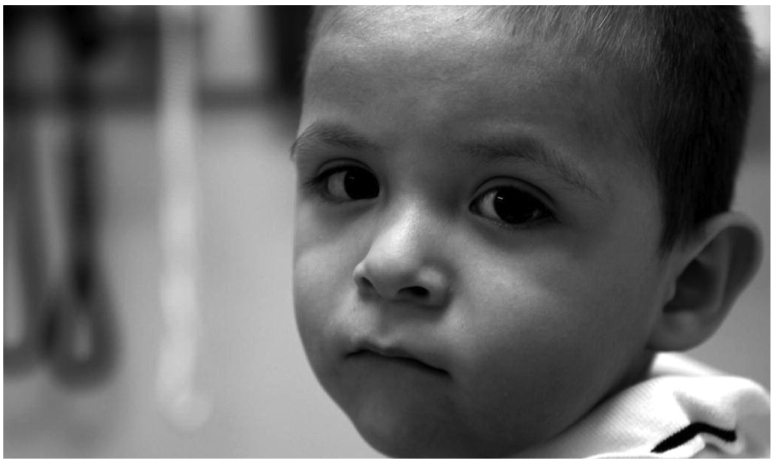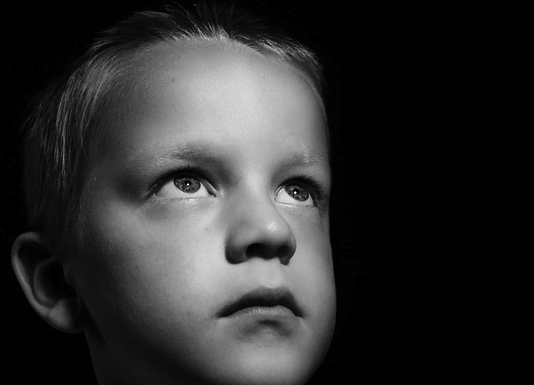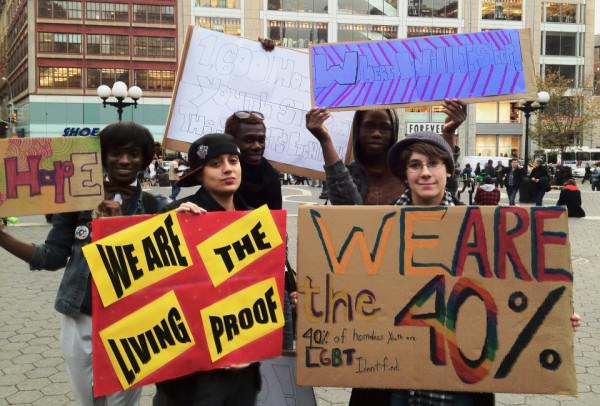Students who are homeless face a variety of difficult challenges, not the least of which is finding a calm, quiet place to do homework. However, it isn’t always the physical obstacles presented by poverty and homelessness that can be the most destructive. In this continuation of our series about homelessness in the classroom, Perry Firth explains why the biggest obstacle to academic success can be the effects of toxic stress — the potentially lasting impact of the deprivation that can accompany poverty and homelessness.
Infographic
Homelessness, Poverty and the Brain: Mapping the Effects of Toxic Stress on Children
Early inequality sets the stage for intergenerational poverty. Chronic intense stress during the sensitive developmental period of childhood can permanently alter how the brain responds to stress, holds memory and learns. In this second post in our "Homelessness in the Classroom" series, Perry Firth explores the effects of stress on children's development and health.
Hungry, Scared, Tired and Sick: How Homelessness Hurts Children
Impoverished children are climbing mountains before they can walk. From lack of housing to hunger and violence, poverty places adult demands on child-sized shoulders. Stability is crucial to the health and well being of a child. But in this post, this first part of our series on homelessness in the classroom, we’ll see how poverty and homelessness create an unstable world for children.
Homelessness and Poverty in the Public Education System: An Intro to Our Blog Series
As the new school year starts, teachers face many challenges. So do children who are dealing with homelessness and poverty. And this couldn’t be truer than for impoverished children who are also in need of special education services. Adults who work with children in poverty and homelessness need to understand how this environment influences academic skill and emotional development, and how it relates to special education needs. That's why we're launching this series by Perry Firth on how homelessness and poverty affect the development of children, and how this can show up in the education system.
“Very Often, LGBT Teens Have No Concept that Their Life Can Be Good”
As many as 40 percent of homeless youth identify as LGBTQ, and oftentimes they end up trapped in a cycle of abuse, poverty, and street life that lasts well into adulthood. Guest blogger Sarah Bartlett illuminates some of the struggles with poverty and homelessness that many members of the LGBTQ community experience.
![Describing how she gets her homework done even though her family’s power was cut off, a young girl profiled on 60 Minutes’ “<a href="http://www.cbsnews.com/news/homeless-children-the-hard-times-generation-20-06-2011/4/">Homeless Children: The Hard Times Generation</a>” says, “[I] just light candles and sit around in a circle of candles.” Image from pixabay.com](http://205.186.142.157/wpsystem/wp-content/uploads/2014/09/Firesteel-Classroom-Series-Part-Three_Candles_pixabay.png)



